There are hundreds of different kinds of hardy, herbaceous perennials flowers which will grow in our gardens.
Because some of these require considerable maintenance – special attention of one kind or another – these plants as a group has been lumped together by some gardeners as being difficult or impossible in today’s plantings.
The truth is there are many good perennials which are not only easy to care for but which also give a long season of beauty.
In selecting the plants included in the list below, some of the things we considered before including a plant:
Does The Plant Require Staking?
This eliminates delphiniums. If you like them enough and want to devote your time to staking, then delphiniums will be in your garden – but they are not entirely carefree.
Does The Plant Require Frequent Division?
This takes Chrysanthemums from the list, though you will undoubtedly agree with me that they belong in almost every garden.
Is the plant fully perennial, or does it die out after a year or two? At this point, I am forced to remove geums from the list.
Is This Perennial Weedy?
Many of the sunflowers come out of the match at this point.
Can This Plant Withstand The Usual Disease and Insect Attacks Without Weekly Spraying?
If not, then it fails to meet the qualification of being carefree.
However, if we do not include plants in the perennial border requiring staking, division, replanting, curbing and spraying, many maintenance operations have been eliminated or greatly reduced.
By careful planning at the outset, it is possible to plant a border and keep it attractive and neat with a minimum amount of time and trouble.
Selecting a representative list of such carefree plants is difficult.
First, there are more desirable plants we could include than we have space to discuss.
In some cases, as we prepared the list, choosing one over another was a coin-flipping dilemma.
Sometimes May and June blooming subjects were eliminated to make room for others which flower at a time when the bloom is not so abundant.
Next, some plants are outstanding in some respects, yet have less strong recommendations in others.
Phlox is an example. They were included in spite of the necessity to spray them for rust and mildew. Their strong points outweigh, at least to me, this disadvantage.
Some plants were included which are exceptional but little known. Possibly this bit of limelight will give them a chance to be more widely planted, as they deserve to be.
You will note, also, that there is something for bloom in every month of the year.
This is a goal for which we should all strive. Even if we don’t quite make it.
The Easy Perennial Plants Below Entend the Blooming Season and More
By extending the season of bloom, we add interest to our gardens.
If you have been neglecting perennials because you think they are too much bother, better take another look and see what you have been missing! These plants produce flowers that come back every year!
Aconitum fischeri (Monkshood)
- Height: 30″ – 36″ inches
- Width: 24″ inches
- Blooming Season: August – September
- Flowers: Violet-blue
- Soil: Average, not dry in summer.
- Light (sun or shade): Sun to medium shade
- Propagation: Divide, spring or fall. Seed (fresh only).
- Comments: Fine glossy foliage. Poisonous, do not get the juice of any part in your mouth.
Aconitum napellus (US English Monkshood)
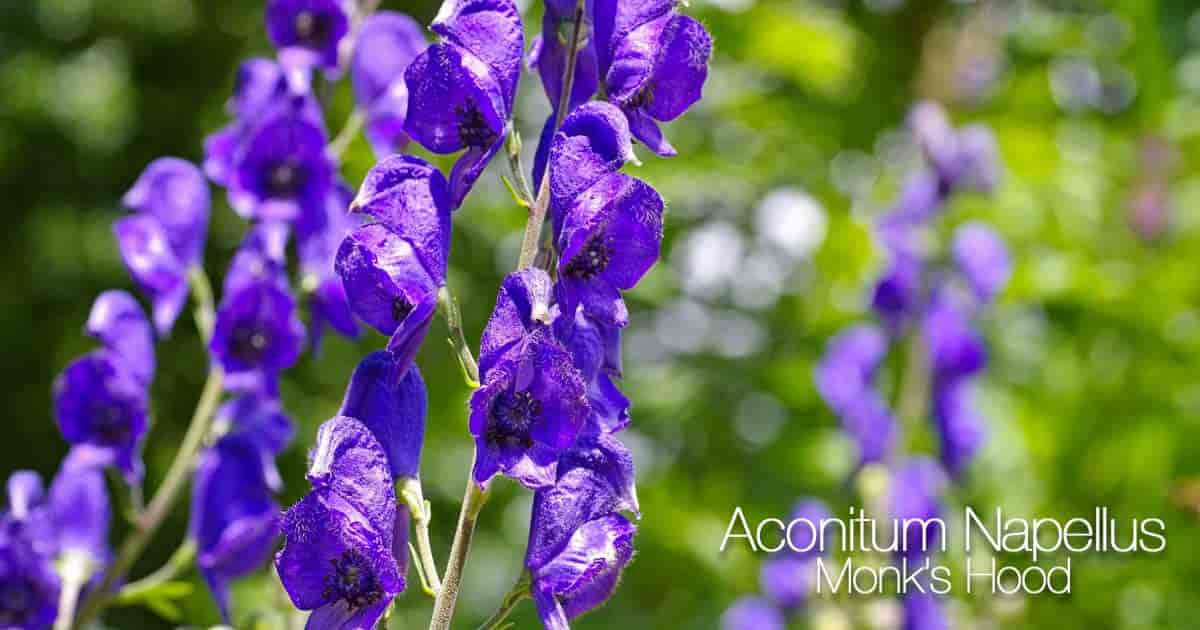
- Height: 3′ – 5′ feet
- Width: 24″ inches
- Blooming Season: July – August
- Flowers: Blue, violet-blue, white
- Soil: Average, not dry in summer.
- Light (sun or shade): Sun to medium shade
- Propagation: Divide, spring or fall. Seed (frosh only).
- Comments: Species has given way to better varieties with more branching, deep colors, tall.
Learn more on growing Aconitum napellus
Aurinia saxatillis (Basket-of-Gold) aka Alyssum saxatile
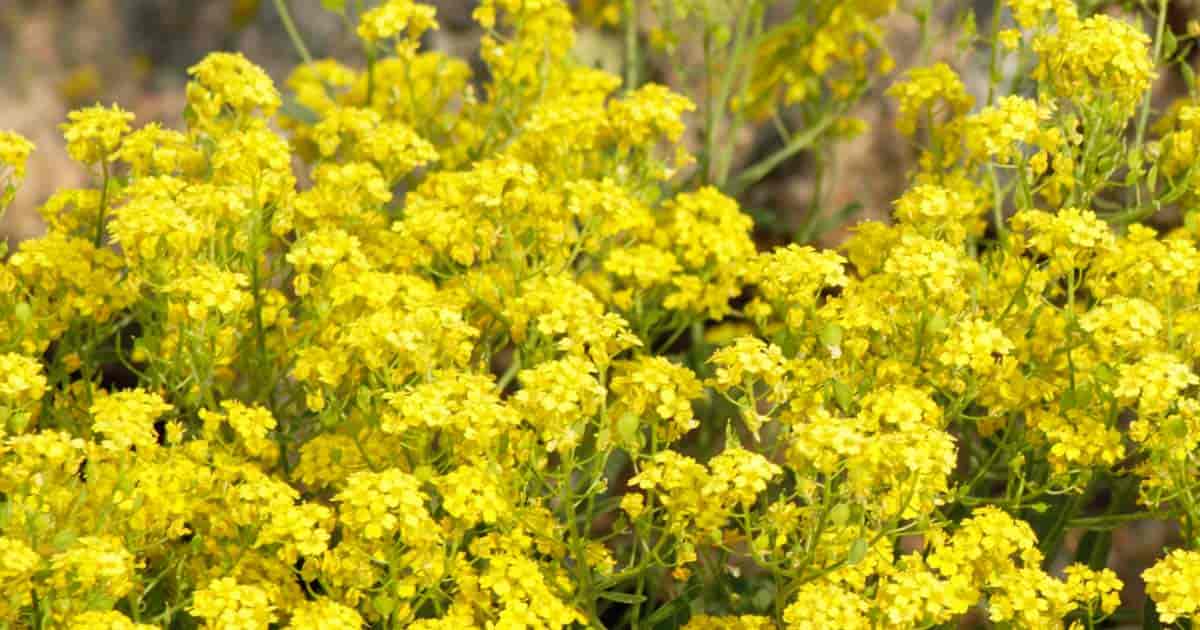
- Height: 6″ – 12″ inches
- Width: 18″ inches
- Blooming Season: May (some varieties into June)
- Flowers: Yellow
- Soil: Light, not rich, well-drained.
- Light (sun or shade): Sun
- Propagation: Cuttings in summer. Seed.
- Comments: Leaves gray. Softer yellows.
Learn more on growing Aurinia saxatillis (Basket-of-Gold)
Asclepias tuborosa (Butterfly Weed)
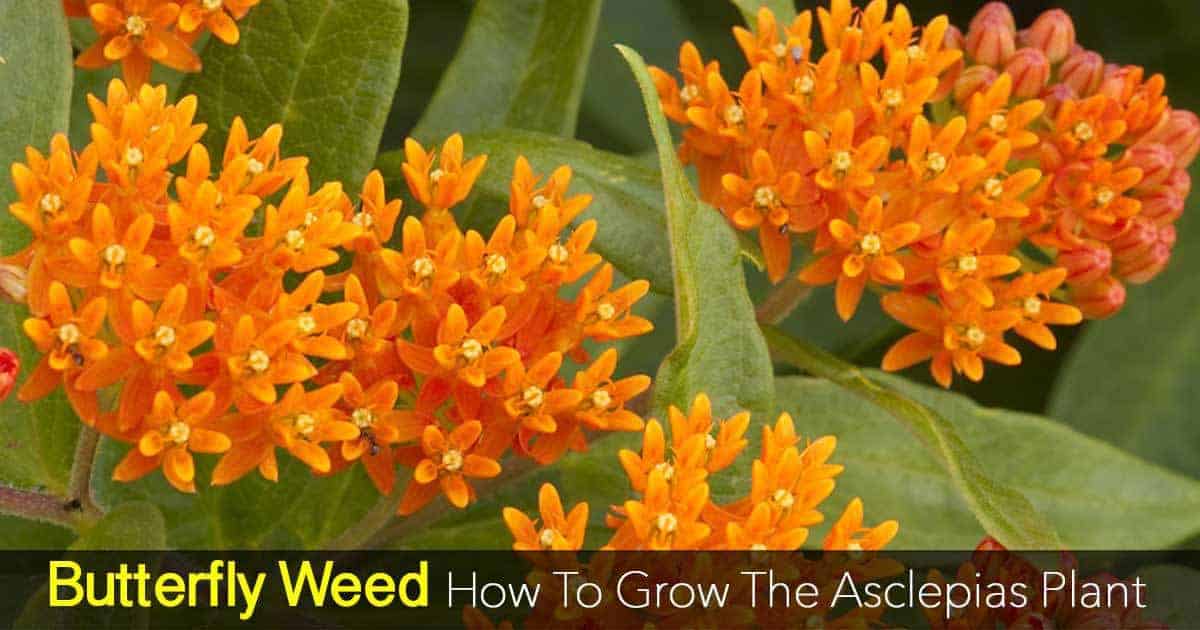
- Height: 24″ – 36″ inches
- Width: 18″ inches
- Blooming Season: July – September
- Flowers: Orange-red
- Soil: Well-drained
- Light (sun or shade): Sun
- Propagation: Seed or root cuttings, early spring.
- Comments: Will endure drought and poor soils. Often seen on red clay road cuts.
Learn more on growing Asclepias tuborosa (Butterfly Weed)
Aster novae-angliae (New England Aster)
- Height: 3′ – 5′ feet
- Width: 24″ inches
- Blooming Season: September – October
- Flowers: White, purple, pink, deep rose, red
- Soil: Light to medium, fertile.
- Light (sun or shade): Sun
- Propagation: Division in spring. Cuttings in summer.
- Comments: Select hybrids are better than species. Pinch early for bushy growth.
Growing Tips On The New England Daisy
Aster novi-belgi (Michaelmas Daisy)
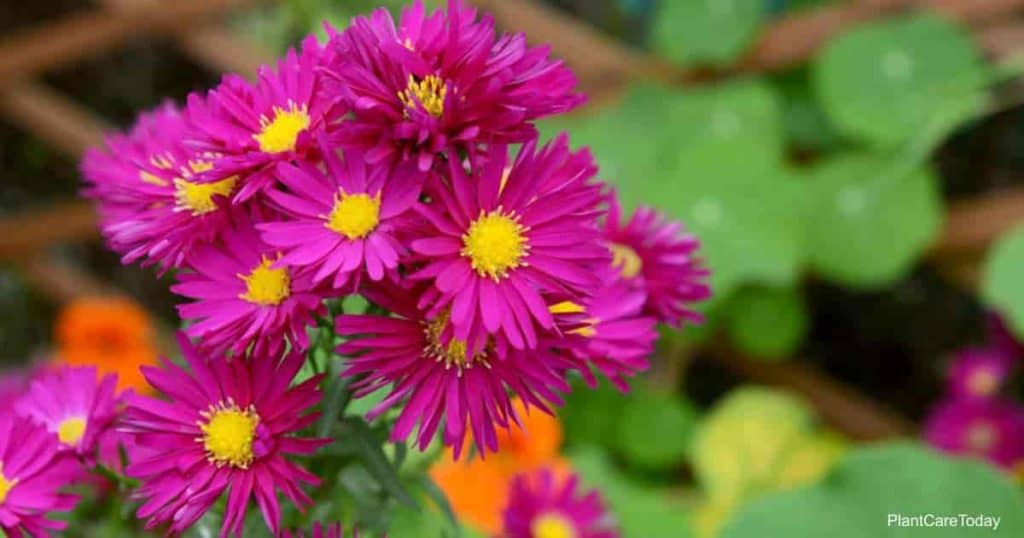
- Height: 1′ – 4′ feet
- Width: 24″ – 36″ inches
- Blooming Season: September – October
- Flowers: White, pink, red, blue, purple
- Soil: Light to medium, fertile.
- Light (sun or shade): Sun
- Propagation: Division in spring. Cuttings in summer.
- Comments: Scores of fine varieties. Range from dwarf to fairly tall.
Tips on Growing Michaelmas Daisy
Astilbe Fanal
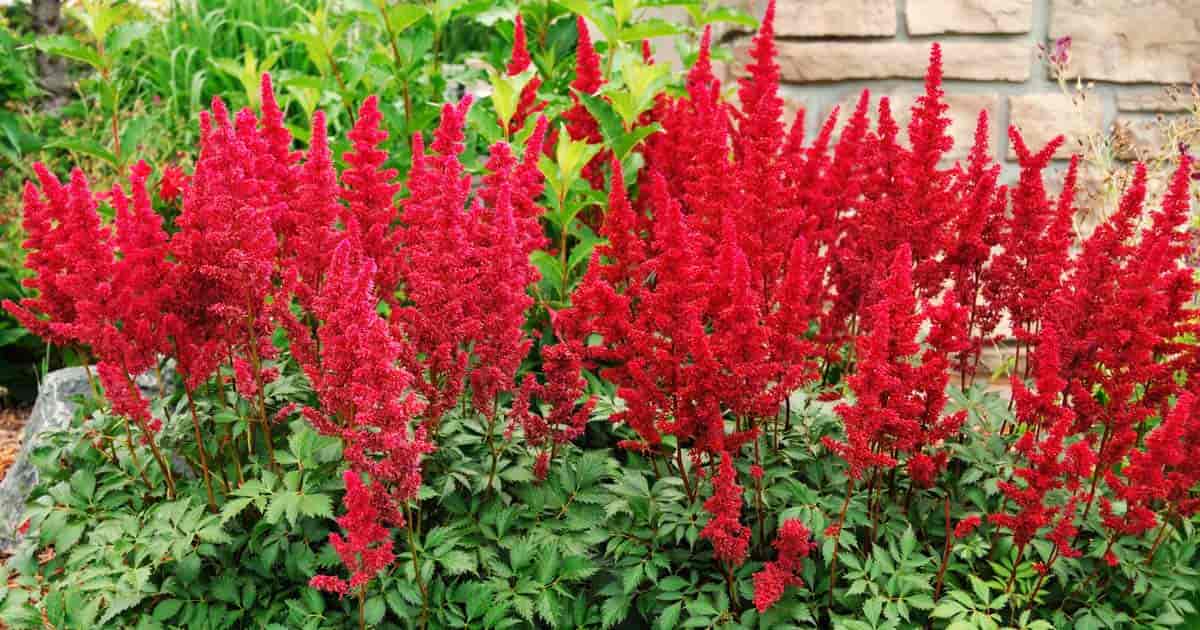
- Height: 24″ – 42″ inches
- Width: 24″ inches
- Blooming Season: June – July
- Flowers: White, pink, red, lavender
- Soil: Best rich, moist, well-drained in winter.
- Light (sun or shade): Medium shade, sun if moist enough
- Propagation: Division in spring.
- Comments: white, garnet, rosy red, pink, many others.
Learn more on growing Astilbe Fanal and Astilbe plants
Baptisia australis (Wild Blue Indigo)
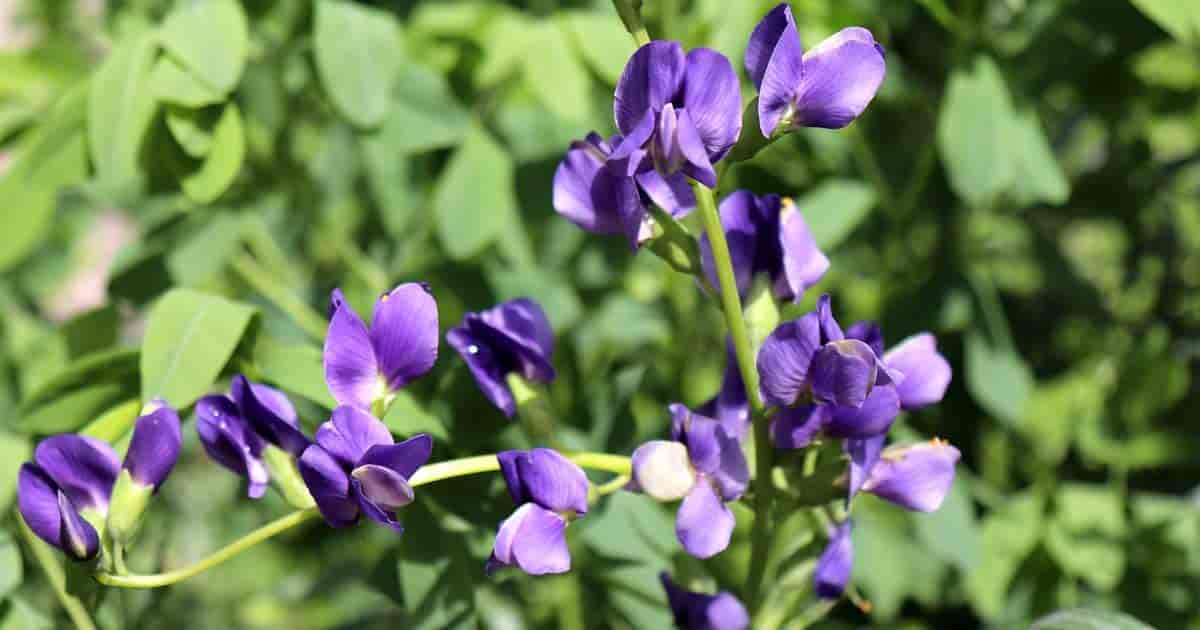
- Height: 3′ – 4′ feet
- Width: 30″ – 36″ inches
- Blooming Season: May – June
- Flowers: Indigo-blue, pea-like
- Soil: Indifferent.
- Light (sun or shade): Sun to Light shade
- Propagation: Seed in spring. Division (difficult).
- Comments: Much shade or high fertility reduces bloom. New hybrids buff, violet, etc. Good foliage plant.
Learn more on growing Baptistia australis (Wild Blue Indigo)
Brunnera macrophylla (Siberian Bugloss or Siberian Forget-me-not)

- Synonym: Anchusa myosotiflora
- Height: 12″ – 18″ inches
- Width: 24″ inches
- Blooming Season: April – June
- Flowers: Brilliant, sky-blue
- Soil: Best with fair moisture.
- Light (sun or shade): Sun to medium shade
- Propagation: Seed. Divide in spring. Root cuttings.
- Comments: Most catalogs still list this under anchusa. Because early blue flowers are scarce, this plant is useful.
Learn more on growing Brunnera macrophylla
Campanula carpatica (Carpathian Harebell)

- Height: 6″ – 12″ inches
- Width: 18″ inches
- Blooming Season: July – August
- Flowers: Blue or white bells
- Soil: Average, well-drained
- Light (sun or shade): Sun to medium shade
- Propagation: Seed in spring. Division, spring or Aug.
- Comments: Remove spent flowers for long bloom.
Learn more on growing Campanula carpatica (Carpathian Harebell)
Campanula lactiflora (Bellflower)
- Height: 36″ inches
- Width: 18″ inches
- Blooming Season: June – August
- Flowers: Pale blue or white
- Soil: Almost any.
- Light (sun or shade): Sun to medium shade
- Propagation: Seed in spring. Division, spring or Aug.
- Comments: Longer-lived than Campanula persicifolia, blue, pink and lavender.
Cassia marilandica (Wild Senna)
- Height: 4′ (6′)
- Width: 30″ – 36″ inches
- Blooming Season: June – August
- Flowers: Bright yellow, pea-like in racemes
- Soil: Light to medium, well- drained.
- Light (sun or shade): Sun to Light shade
- Propagation: Seed. Division spring.
- Comments: Excellent, fine textured foliage. Very easy. Seldom needs dividing.
NOTE: Cassia didymobotrya the popcorn Cassia is also an interesting choice.
Cimicifuga racemosa (Black Snakeroot)

- Height: 5-6′
- Width: 24″ inches
- Blooming Season: July – August
- Flowers: White, in graceful long spires
- Soil: Rich, moist, much humus.
- Light (sun or shade): Partial shade best. Will stand sun
- Propagation: Division, early spring.
- Comments: Seldom needs dividing. Has poor odor, not serious. Beautiful glossy leaves.
Learn more on growing Cimicifuga racemosa (Black Snakeroot)
Cimicifuga simplex (Kamchatka Bugbane)
- Height: 36″ inches
- Width: 24″ inches
- Blooming Season: September – October
- Flowers: White in stately spikes
- Soil: Rich, moist, much humus.
- Light (sun or shade): Partial shade best. Will stand sun
- Propagation: Division, early spring
- Comments: Wonderful cut flower. Use at the back of the border or in woodland planting.
Convallaria majalis (Lily-of-the-valley)
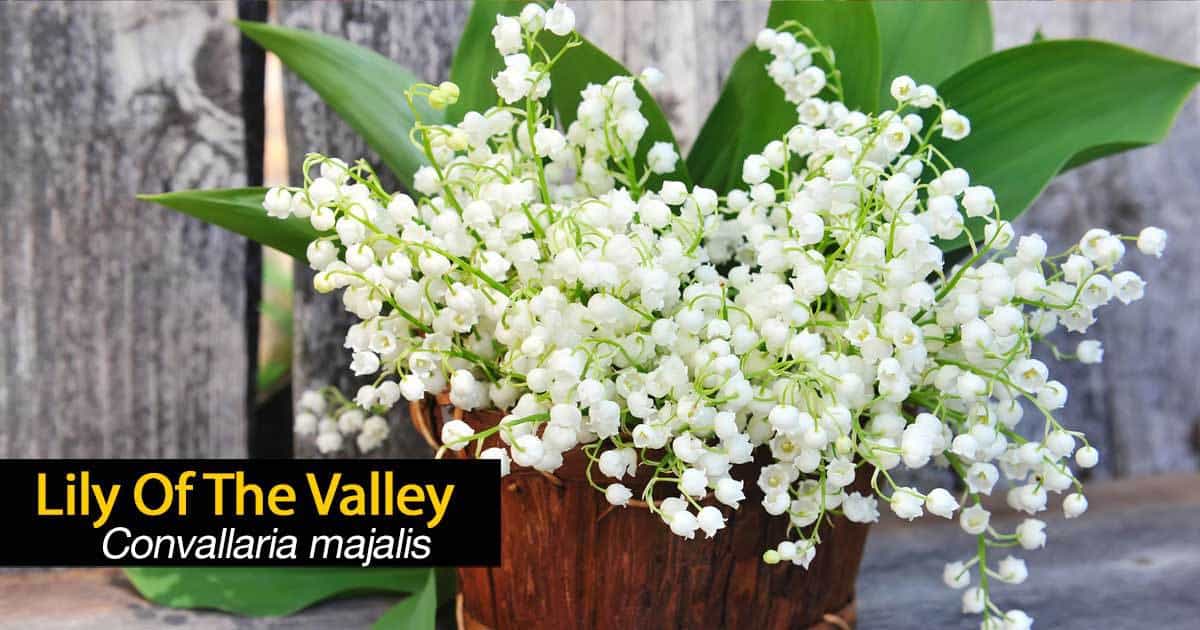
- Height: 10″
- Width: 8″ inches
- Blooming Season: May – June
- Flowers: White, fragrant bells
- Soil: Fairly fertile and moist; much humus.
- Light (sun or shade): Will stand the sun, but better light to heavy shade
- Propagation: Division, spring or fall.
- Comments: Wonderful cut flower. Good ground cover, even under trees. Spreading easily curbed.
Learn more on growing Convallaria majalis (Lily-of-the-valley)
Corydalis lutea – Corydalis
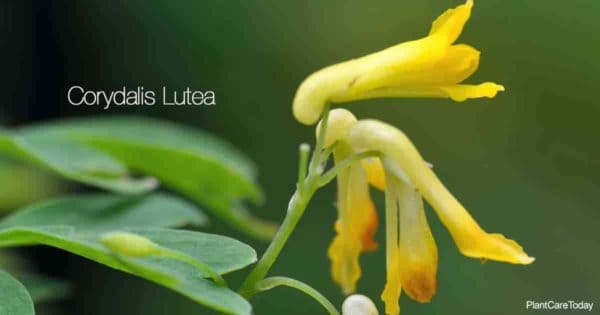
- Height: 12″ inches
- Width: 12″ inches
- Blooming Season: May-August
- Flowers: Golden yellow
- Soil: Well-drained, much humus.
- Light (sun or shade): Light to heavy shade
- Propagation: Division, early fall.
- Comments: A neglected gem, long bloom. Border, dry wall or rock garden. Filmy, fern-like foliage.
Details on Corydalis lutea growing and care
Dicentra eximia (Plume Bleeding-heart)
- Height: 12″ – 18″ inches
- Width: 24″ inches
- Blooming Season: May – July
- Flowers: Rose-pink
- Soil: Good loam, humus, neither dry nor soggy.
- Light (sun or shade): Part shade best, stands sun
- Propagation: Division, early spring.
- Comments: Divide every 3-4 years. May spread (seed) in shade. Blue-green, filmy foliage.
Dicentra spectabilis (Bleeding-heart flower)
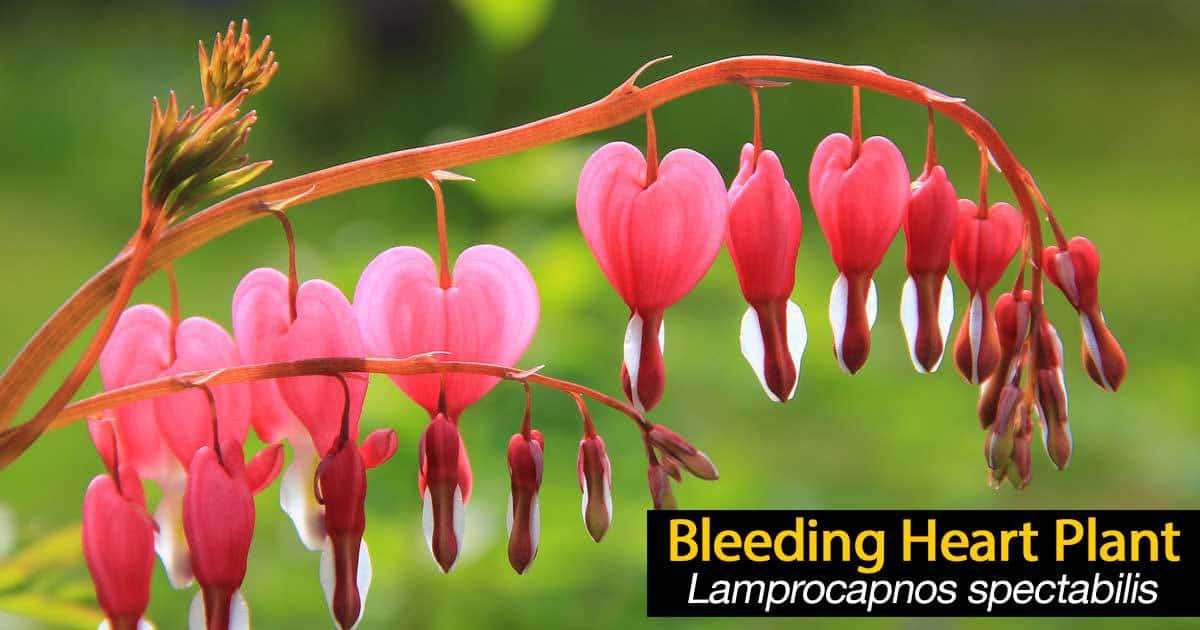
- Synonym: Lamprocapnos spectabilis
- Height: 36″ inches
- Width: 36″ inches
- Blooming Season: May – June
- Flowers: Pink
- Soil: Good loam, humus, neither dry nor soggy.
- Light (sun or shade): Part shade best, stands sun
- Propagation: Division, early spring.
- Comments: Leaves disappear in summer if grown in sun. Will stand ten years without division.
Learn more on growing Dicentra spectabilis (Bleeding-heart flower)
Dictamnus albus (fraxinella) Gas Plant

- Height: 36″ inches
- Width: 36″ inches
- Blooming Season: May-July
- Flowers: Pink, white or lilac
- Soil: Almost indifferent.
- Light (sun or shade): Sun to Light shade
- Propagation: Seed in fall (2-3 yrs. to bloom).
- Comments: Foliage, seed aromatic. Stays undisturbed for years. Move young only. Attractive foliage, seed pods. Collect seed or will scatter widely.
Details on Caring For Dictamnus Albus (Gas Plant)
Echinops ritro (Globethistle)
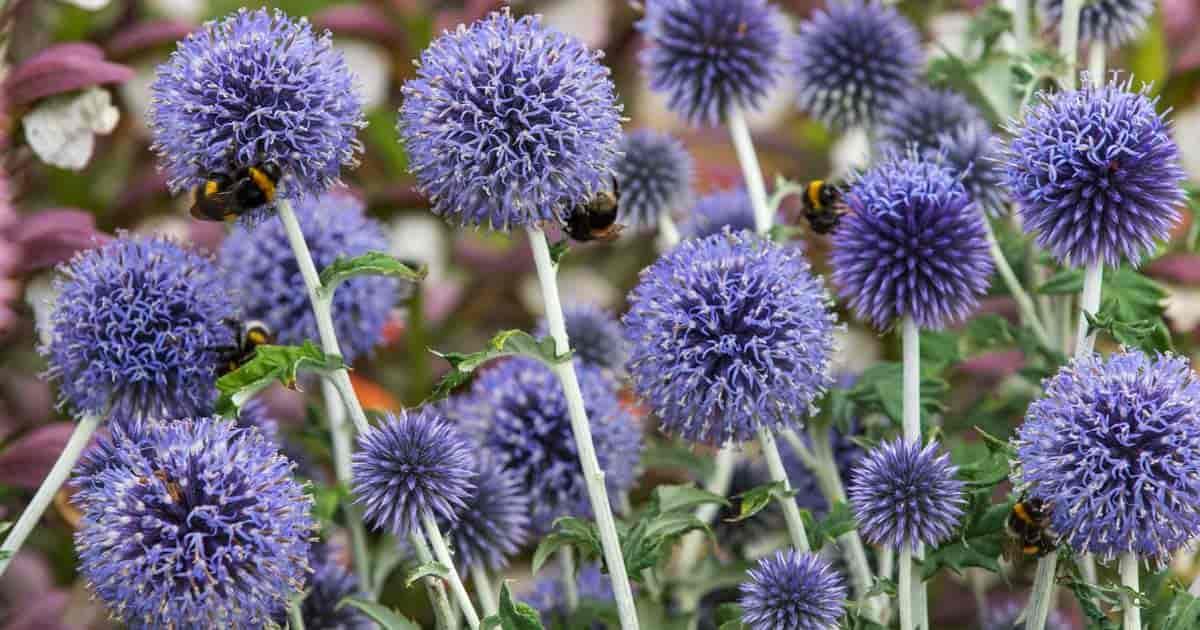
- Height: 3′ – 4′ feet
- Width: 24″ inches
- Blooming Season: June – September
- Flowers: Metallic blue in spiny globes
- Soil: Almost any, well- drained.
- Light (sun or shade): Sun
- Propagation: Root cuttings or divide in spring.
- Comments: When moving, cut roots by half. Leaves whitish.
Learn more on growing Echinops ritro (Globethistle)
Helleborus niger (Christmas-Rose)

- Height: 12″
- Width: 18″ inches
- Blooming Season: November – March
- Flowers: White, flushed pink or green
- Soil: Well-drained, plenty of humus, near alkaline.
- Light (sun or shade): Part shade summer, more sun in winter
- Propagation: Fresh seed. Divide after flowering.
- Comments: Dark, evergreen foliage. Really “carefree” or “easy’” only if given proper conditions, then it is long-lived. Give a sheltered spot.
Tips on Christmas Rose Care
Helleborus orientalis (Lenten-rose)
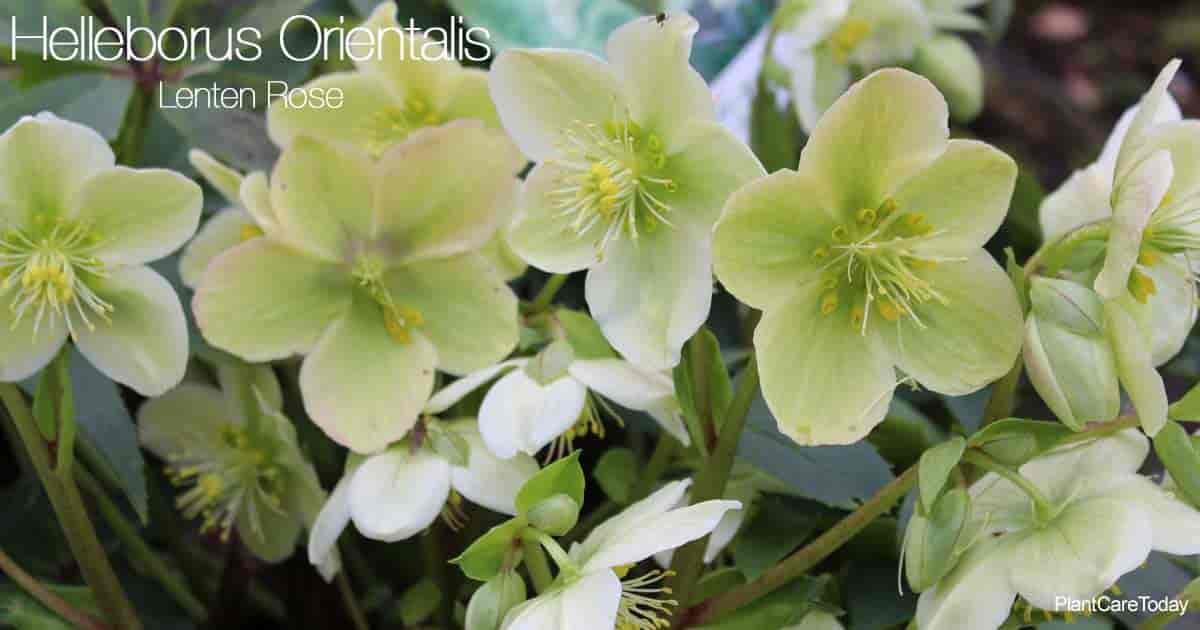
- Height: 12″ – 18″ inches
- Width: 18″ inches
- Blooming Season: March-May
- Flowers: Blends of white, green, pink and purple
- Soil: Well-drained, plenty of humus, near alkaline.
- Light (sun or shade): Part shade summer, more sun in winter
- Propagation: Fresh seed. Divide after flowering.
- Comments: Lighter foliage. Give a sheltered spot easily seen from the house. Don’t disturb often. Avoid summer drought for both kinds.
More on Growing Lenten Rose Helleborus Orientalis
Hemerocallis varieties (Daylily)
- Height: 18″ – 48″ inches
- Width: 24″ – 36″ inches
- Blooming Season: May – October
- Flowers: Yellow, orange, pink, purple and combinations
- Soil: Any good soil, well-drained.
- Light (sun or shade): Sun to Light shade
- Propagation: Division, spring or fall.
- Comments: Select varieties for long bloom. Some stand heavy shade. Avoid muddy colors. May stay 6-8 yrs. before dividing. Check out current catalogs of daylily specialists for recommended varieties.
Heuchera sanguinea (Coralbells)
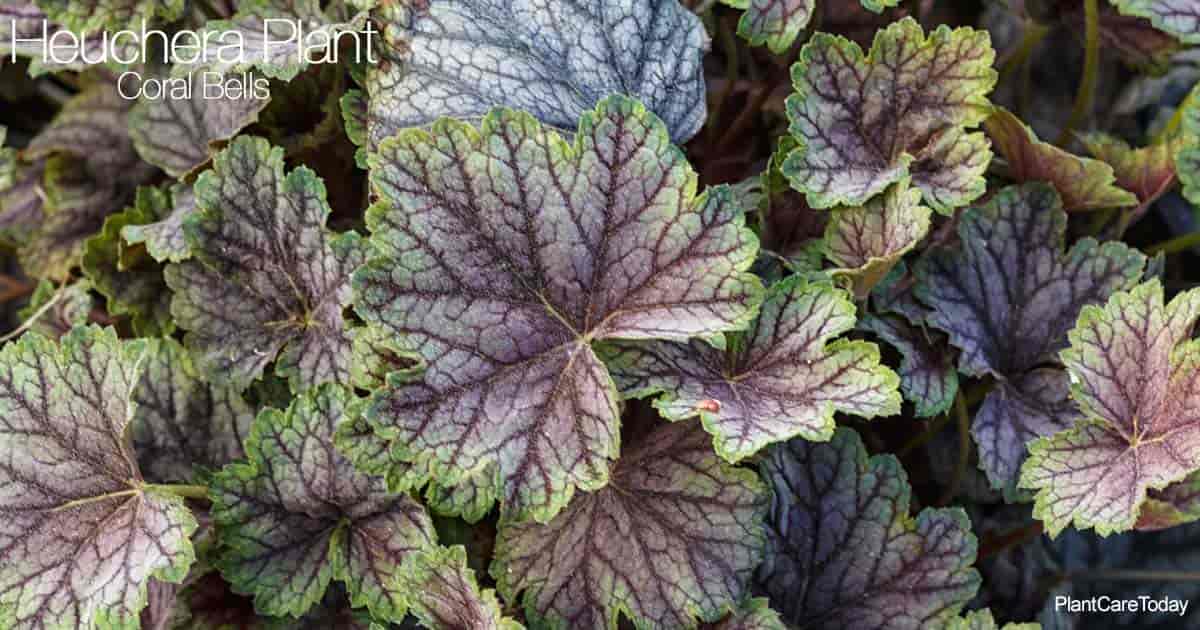
- Height: 18″ – 30″ inches
- Width: 18″ inches
- Blooming Season: May-August
- Flowers: White, pink and red
- Soil: Average, well- drained.
- Light (sun or shade): Sun to Light shade
- Propagation: Seed variable. Divide August – September
- Comments: Low mound, rich evergreen leaves. Flowers are tiny bells borne on slender stems. Pink, white, red.
Learn about Growing Heuchera Plants (Coral Bells)
Hosta lancifolia albomarginata (Variegated Plantain lily)
- Height: 24″ inches
- Width: 30″ inches
- Blooming Season: August
- Flowers: Lavender – blue
- Soil: Indifferent if well-drained.
- Light (sun or shade): Light to heavy shade
- Propagation: Division, spring.
- Comments: Good foliage plant. Stands intense shade. More massive leaves in Hosta fortunei.
Hosta plantaginea (Fragrant Plantain lily)
- Height: 24″ inches
- Width: 36″ inches
- Blooming Season: August – September
- Flowers: Fragrant, large, white trumpets
- Soil: Indifferent if well-drained.
- Light (sun or shade): Light to heavy shade
- Propagation: Division, spring.
- Comments: Start with these, then try other kinds, such as Hosta glauca (blue-green leaves) and Hosta undulata.
Iberis sempervirens (Candytuft)
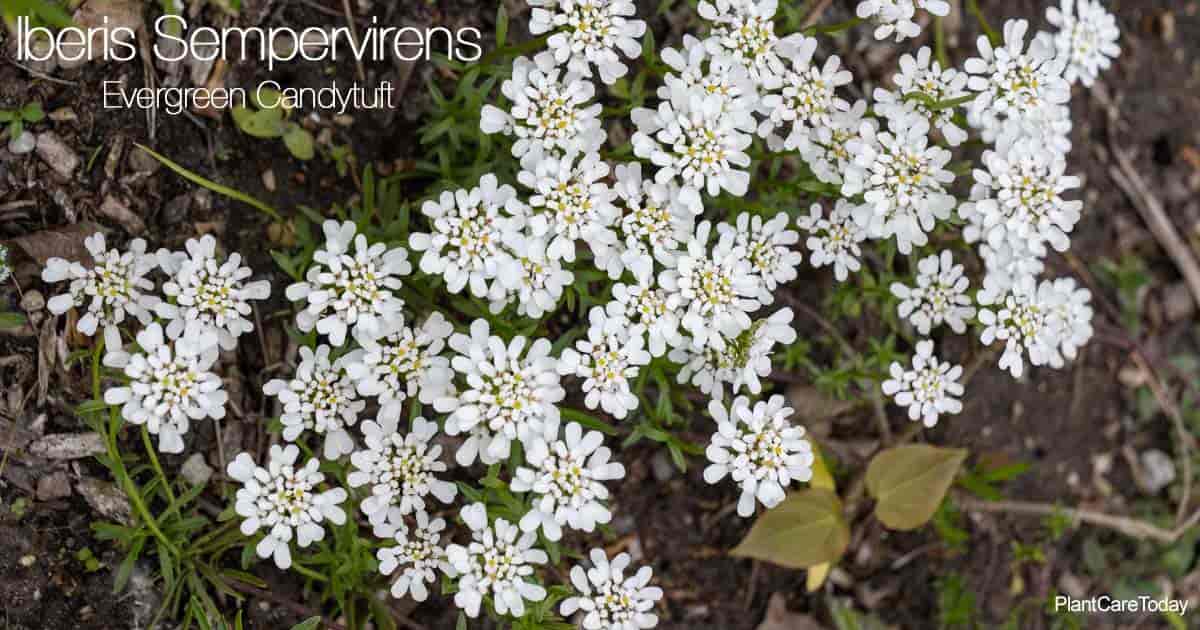
- Height: 9″
- Width: 24″ inches
- Blooming Season: April – June (repeat in Aug.?)
- Flowers: Clustered heads, chalk white
- Soil: Light, well-drained.
- Light (sun or shade): Sun to Light shade
- Propagation: Midsummer cuttings. Seeds variable.
- Comments: When thin, shear after flowering. Hybrids are better than species.
Details on Growing Iberis Sempervirens (Evergreen Candytuft)
Iris, bearded
- Height: 5″ – 40″ inches
- Width: 5″ – 24″ inches
- Blooming Season: April – May
- Flowers: All except scarlet
- Soil: Light, well-drained.
- Light (sun or shade): Full sun
- Propagation: Division summer-fall.
- Comments: Available in every in-between size; gorgeous bi-colors and combinations, and many flower forms. Same fall-blooming types, but most have a three-week season in spring.
Iris kaempfori (Japanese Iris)
- Height: 3′ – 4′ feet
- Width: 24″ inches
- Blooming Season: June – July
- Flowers: White, blue, mauve, purple
- Soil: Moist, mellow, acid.
- Light (sun or shade): Sun to medium shade
- Propagation: Division, spring.
- Comments: Fine for a pool or pond-side plantings. Many varieties are available. White, cream and gold, double orchid-pink, purple and gold, deep red, purple, yellow center and more.
Iris sibirica (Siberian Iris)

- Height: 30″ inches
- Width: 30″ inches
- Blooming Season: June
- Flowers: Blue, white, violet, purple-red
- Soil: Moist, mellow, acid.
- Light (sun or shade): Sun to Light shade
- Propagation: Division, spring.
- Comments: “Perry’s Blue”; “Snowcrest,” white; “Caesar’s Brother,” dark blue; ‘Eric the Red,” etc., among better kinds.
Learn more on growing Siberian Iris Plant (Iris sibirica)
Knipholia hybrids (Tritoma) Red-hot Poker

- Height: 36″ inches
- Width: 24″ inches
- Blooming Season: June – August
- Flowers: Red, yellow, white
- Soil: Well-drained
- Light (sun or shade): Sun
- Propagation: Division, early spring.
- Comments: New hybrids have softer colors than species.
Learn more on growing Knipholia hybrids (Tritoma) Red-hot Poker
Limonium latifolium (Statice) Sea-lavender
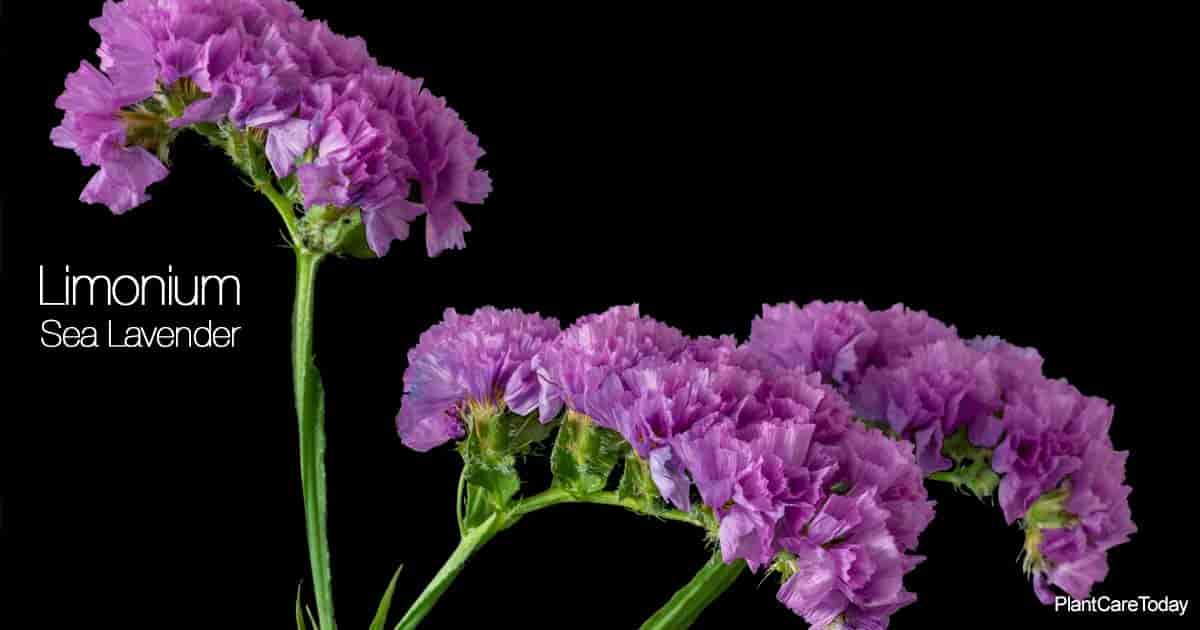
- Height: 30″ – 36″ inches
- Width: 36″ inches
- Blooming Season: July – August
- Flowers: Lavender-blue in massive heads
- Soil: Light to medium; well-drained.
- Light (sun or shade): Sun
- Propagation: Seeds sown early. Division.
- Comments: Airy growth fine for contrast to heavy masses. Good for cutting fresh, or dried in winter.
Learn more on growing Limonium latifolium Sea-lavender and Growing Limonium sinuatum
Lythrum hybrids (Loosestrife)
- Height: 36″ inches
- Width: 24″ inches
- Blooming Season: June – September
- Flowers: Rose-pink, purple, red
- Soil: Indifferent, stands damp and drought.
- Light (sun or shade): Sun to fairly heavy shade
- Propagation: Division, spring; softwood cuttings.
- Comments: Most adaptable, gives a wealth of bloom. Good cut flowers. Considered Invasive
Paeonia varieties (Peony)
- Height: 24″ – 48″ inches
- Width: 24″ – 36″ inches
- Blooming Season: May – June
- Flowers: White, pink, red, (yellow rare) in a variety of forms
- Soil: Deep, rich, well- drained.
- Light (sun or shade): Sun to Light shade
- Propagation: Division in Aug.-Sept.
- Comments: Will remain for years undisturbed. Many types of bloom, single, Japanese and/or anemone and doubles. Tree peonies are not carefree, but magnificent. Review current catalogs of peony specialists for recommended varieties.
Phlox paniculata varieties
![Blooming Garden Phlox [Phlox Paniculata]](https://hagearbeider.com/wp-content/uploads/2021/02/1614424658_254_45-Easy-Perennials-Flowers-That-Come-Back-Every-Year-GUIDE.jpg)
- Height: 24″ – 48″ inches
- Width: 24″ inches
- Blooming Season: July – September
- Flowers: White, pink, red and purple
- Soil: Deep, fertile, much humus, well-drained.
- Light (sun or shade): Sun to Light shade
- Propagation: Division, spring or fall. Root cuttings in fall.
- Comments: Pinch to make bushy. Cut faded bloom. Need multipurpose spray every two weeks for best results. Check out current catalogs for recommended varieties.
Learn more on growing Phlox paniculata varieties
Platycodon grandiflorum (Balloonflower)
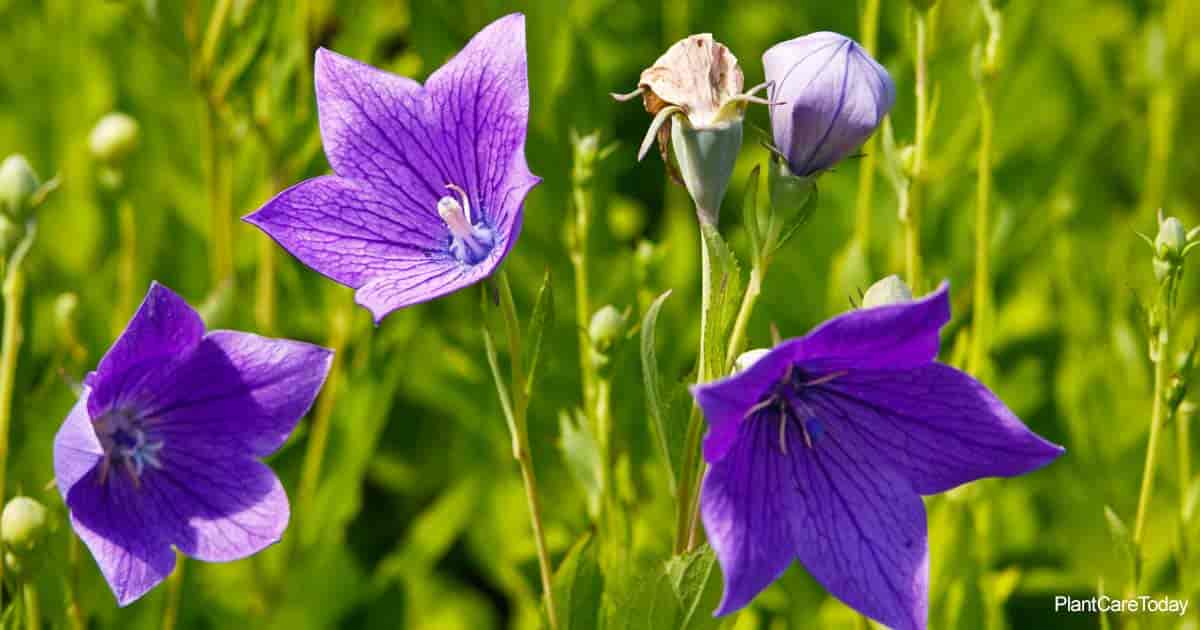
- Height: 18″ – 24″ inches
- Width: 24″ inches
- Blooming Season: June – September
- Flowers: Blue, white, pink; single and double
- Soil: Light to medium. well- drained.
- Light (sun or shade): Sun to Light shade
- Propagation: Seed, slow. Division, spring.
- Comments: Remove seed pods to keep flowering.
Learn more about growing Platycodon grandiflorum (Balloonflower)
Pulmonaria angustifolia (Lungwort)
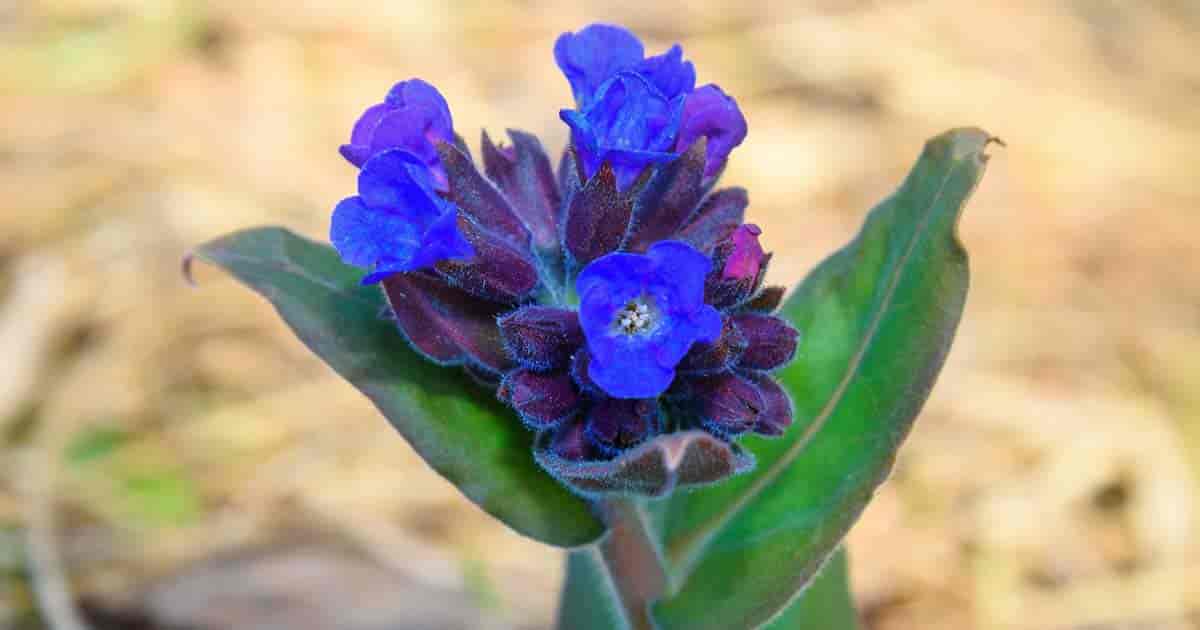
- Height: 12″ inches
- Width: 18″ inches
- Blooming Season: April – May
- Flowers: Blue; white is rare. Some reddish tones
- Soil: Plenty of humus, cool.
- Light (sun or shade): Light to heavy shade
- Propagation: Seed, August. Division, late summer.
- Comments: A low-growing perennial, blooms even in deep shade. Easy to grow and makes a lovely addition to any balcony or window box.
Learn more on growing Pulmonaria angustifolia (Lungwort)
Rudbeckia hybrids (Gloriosa Daisy)
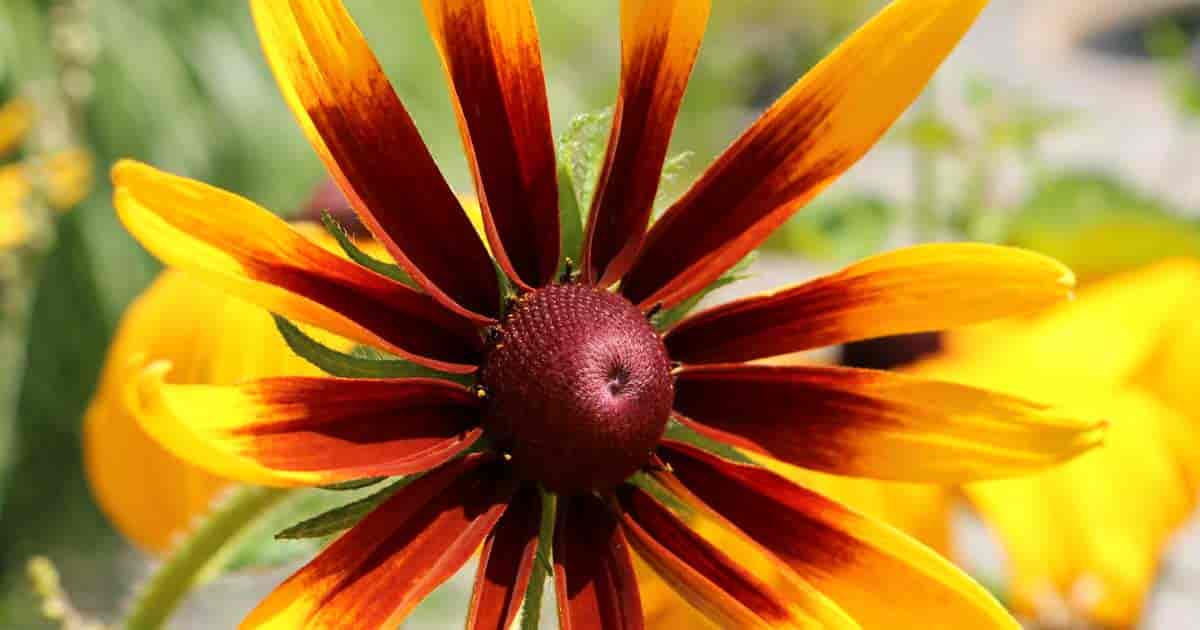
- Height: 30″ – 36″ inches
- Width: 18″ inches
- Blooming Season: June – September
- Flowers: Yellow, reddish and intermediate. Single and double
- Soil: Average, well-drained.
- Light (sun or shade): Sun
- Propagation: Seed. Division, spring.
- Comments: These are usually sold as annuals since they bloom the first year from seeds. Included here since they often behave as perennials even in cold climates. They are striking in the garden.
Learn more on growing Rudbeckia hybrids (Gloriosa Daisy)
Scabiosa (Pincushion Flower)
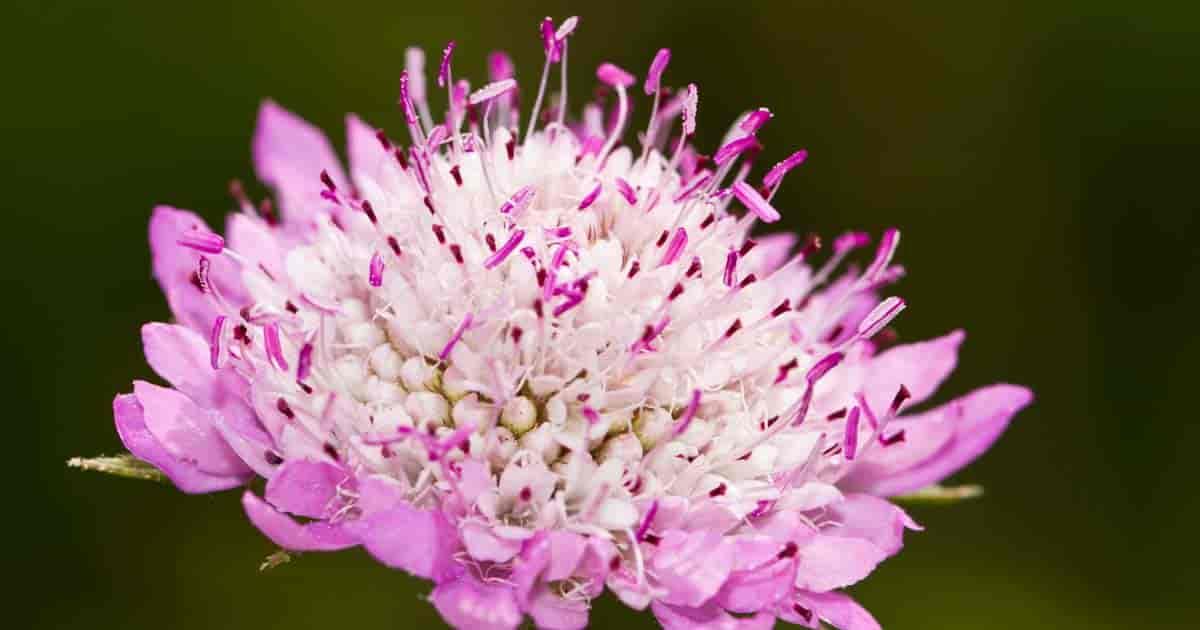
- Height: 30″ inches
- Width: 18″ inches
- Blooming Season: June – September
- Flowers: Blue, white, near lavender
- Soil: Light to medium, well-drained; some lime.
- Light (sun or shade): Sun to medium shade
- Propagation: Seed in fall. Division, spring.
- Comments: Don’t let dry out in midsummer. Pick faded blooms. Fine for cutting.
Learn more on growing Scabiosa (Pincushion Flower)
Sidalcea hybrids (Prairie Mallow)
- Height: 36″ inches
- Width: 12″ – 18″ inches
- Blooming Season: July – September
- Flowers: Pink, rose, red, purple
- Soil: Average, not dry in summer.
- Light (sun or shade): Sun
- Propagation: Division, spring.
- Comments: Cut back after flowering.
Thalidrum aquilegifolium (Meadowrue)
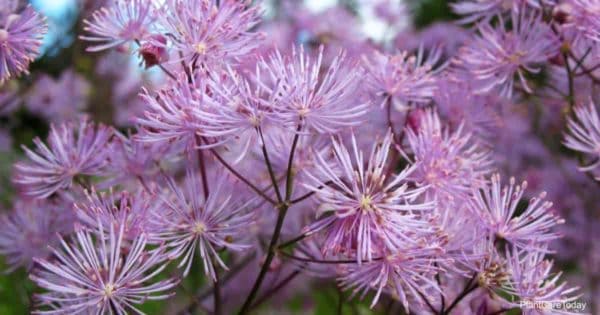
- Height: 36″ inches
- Width: 24″ – 36″ inches
- Blooming Season: May – June
- Flowers: Lilac, purple, white, rose-pink. Delicate, feathery heads
- Soil: Moist, peaty.
- Light (sun or shade): Light to medium shade. In sun give moisture
- Propagation: Seed in fall. Division, spring best.
- Comments: Gray-green, fine-textured foliage is beautiful.
Details on caring for Meadow Rue (Thalidrum aquilegifolium)
Thalidrum rochebrunianum (Lavender Mist)
- Height: 60″ – 72″ inches
- Width: 24″ – 36″ inches
- Blooming Season: July – September
- Flowers: Lavender with yellow stamens
- Soil: Moist, peaty.
- Light (sun or shade): Light to medium shade. In sun give moisture
- Propagation: Seed in fall. Division, spring best.
- Comments: New and much superior to Thalidrum dipterocarpum. Also, try some dwarf kinds in rock garden or front of the border.
Thermopsis caroliniana (False Lupine)
- Height: 48″ inches
- Width: 24″ inches
- Blooming Season: June – July
- Flowers: Like yellow lupines
- Soil: Light to medium loam.
- Light (sun or shade): Sun to Light shade
- Propagation: Seed, fall. Divisions difficult, spring or fall.
- Comments: Good foliage. Seldom needs division.
Veronica hybrids (Speedwell)
- Height: 18″ – 36″ inches
- Width: 18″ – 24″ inches
- Blooming Season: June – September
- Flowers: Blue, light pink and white in graceful spikes
- Soil: Average, well-drained, not dry in summer.
- Light (sun or shade): Sun to Light shade
- Propagation: Seed, late spring. Division. Cuttings, summer.
- Comments: Rich diet makes staking necessary. Cut spent blooms. Hybrids are more reliable perennials than Veronica spicata.
Veronica spicata (Speedwell)

- Height: 18″ inches
- Width: 18″ inches
- Blooming Season: June – August
- Flowers: Blue, white and pink
- Soil: Average, well-drained, not dry in summer.
- Light (sun or shade): Sun to Light shade
- Propagation: Seed, late spring. Division. Cuttings, summer.
- Comments: White form is lovely. Try also some of the dwarf selections (6″) in front of the border or in the rock garden.
Learn more on growing Veronica spicata (Speedwell)





















![Blooming Garden Phlox [Phlox Paniculata]](https://hagearbeider.com/wp-content/uploads/2021/02/1614424658_254_45-Easy-Perennials-Flowers-That-Come-Back-Every-Year-GUIDE.jpg)





